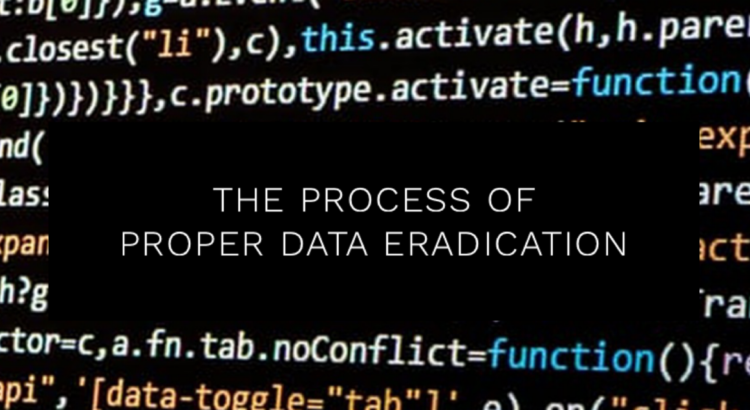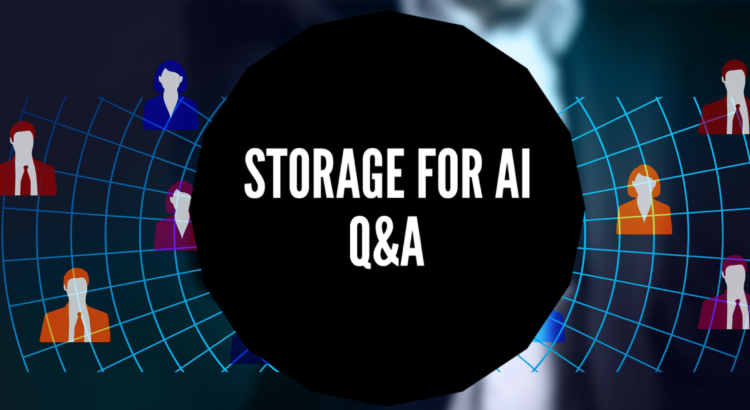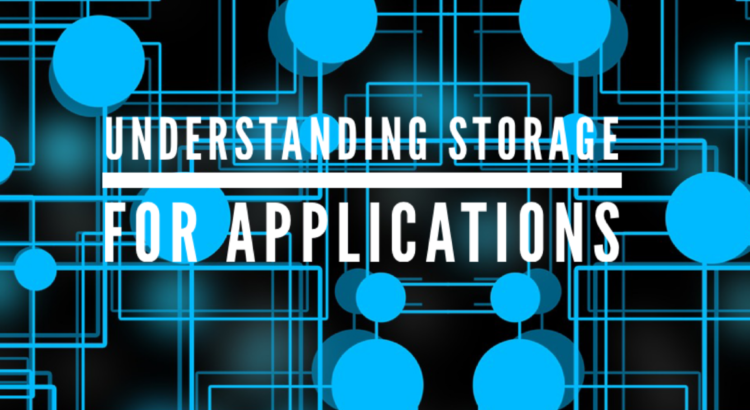A wide variety of data types are recorded on a range of data storage technologies, and businesses need to ensure data residing on data storage devices and media are disposed of in a way that ensures compliance through verification of data eradication.
When media are repurposed or retired from use, the stored data often must be eliminated (sanitized) to avoid potential data breaches. Depending on the storage technology, specific methods must be employed to ensure that the data is eradicated on the logical/virtual storage and media-aligned storage in a verifiable manner.
Existing published standards such as NIST SP 800-88 Revision 1 (Media Sanitization) and ISO/IEC 27040:2015 (Information technology – Security techniques – Storage security) provide guidance on sanitization, covering storage technologies from the last decade but have not kept pace with current technology or legislative requirements.
New standard makes conformance clearer
Read More



